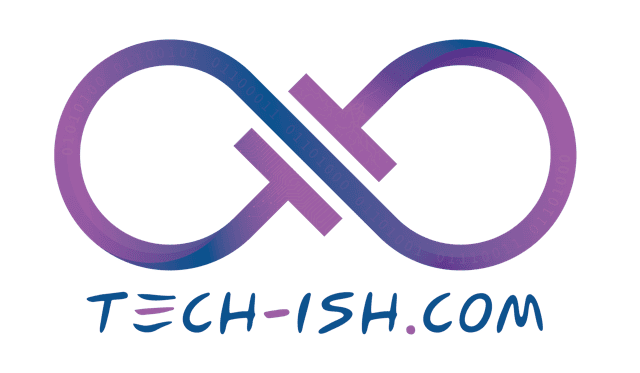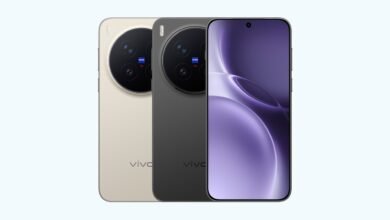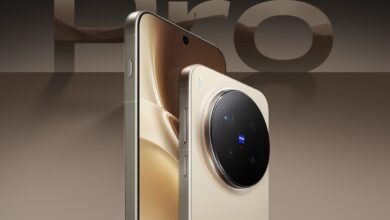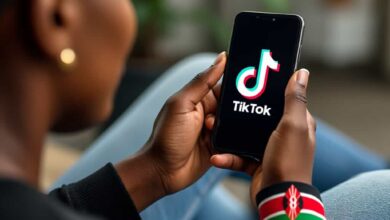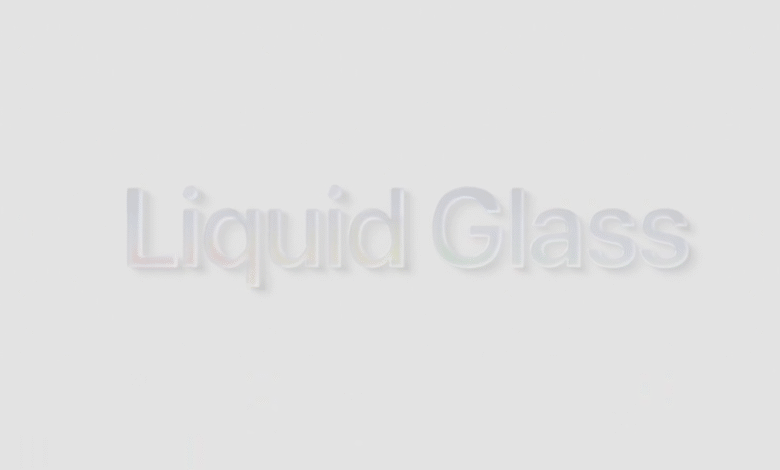
Following its debut on iOS to match the new aesthetics of iOS 26, Telegram has rolled out its “Liquid Glass” inspired interface to its Android beta channel. However, what was hailed as a visually pleasing update on Apple’s platform is now facing a strong, negative reception from the Android user base, raising questions about cross-platform design philosophy and user expectations.
Earlier this month, Telegram for iOS received a significant visual overhaul. Elements like the bottom navigation bar, keyboard, and sticker panel gained a transparent, refractive look, creating a “Liquid Glass” effect that aligned seamlessly with the native iOS 26 design language. The move was widely seen as a success, blending Telegram into the contemporary Apple ecosystem.
Unfortunately, the positive sentiment has not migrated to the green side of the mobile divide.
Telegram for Android, in its beta channel version 12.2.0, introduced the “Liquid Glass” effect to the text input bar, emoji, GIF, and sticker panels. This is a screenshot of how the input box looks like in the new Telegram for Android with Liquid Glass.

While the change is relatively contained, the immediate feedback has been overwhelmingly negative. The initial beta release introducing the feature has amassed nearly 600 downvotes against only 100 upvotes on Telegram’s official beta release channel. This significant volume of disapproval signals a considerable portion of the beta community is unhappy with the direction.
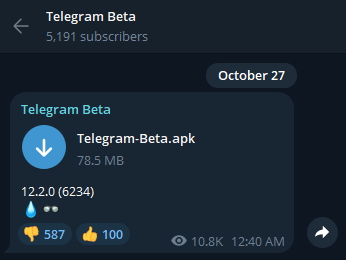
User commentary across social media platforms reinforces this opposition. Some users have expressed frustration with the aesthetic choice, especially when they have been requesting adherence to Google’s Material 3 Expressive design principles. One social media user lamented that, despite years of requests for native M3 themes, “Instead, Telegram gave Android users… liquid glass. If anything, it simply shows they do not understand a thing about Android.”
The core issue appears to be both technical and philosophical, exposing the chasm between the two mobile operating systems.
On iOS, Apple designed its ‘Liquid Glass’ language as a holistic component of iOS 26. The company can ensure that every compatible iPhone has the optimized hardware and graphics processors to handle the dynamic transparency and fluid effects without negatively impacting performance or battery life. The effect feels natural because the entire OS is designed around it.
On Android, Telegram faces a notoriously fragmented ecosystem. Running smoothly on thousands of devices with disparate chipsets, screens, and graphics capabilities makes implementing such resource-intensive dynamic effects technically challenging. The reported lag by some users may be a direct consequence of this fragmentation.
The new feature can, for now, be disabled via the “Power Saver” settings on the app, where it is directly referred to as “Liquid Glass.” Whether this user feedback will lead to the change being refined, shelved, or released with an opt-out feature for the stable release remains to be seen. However, Telegram must now weigh its desire for cross-platform visual consistency against the vocal resistance of its substantial Android user base.
